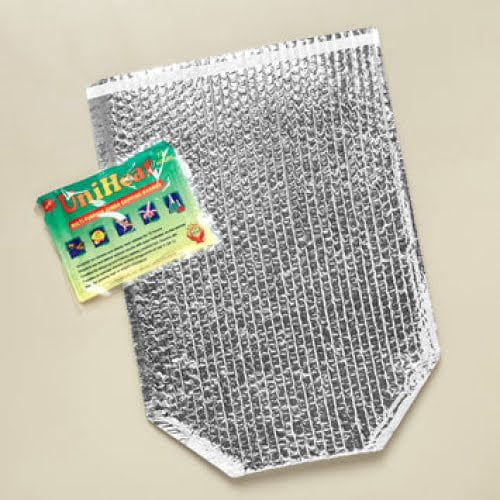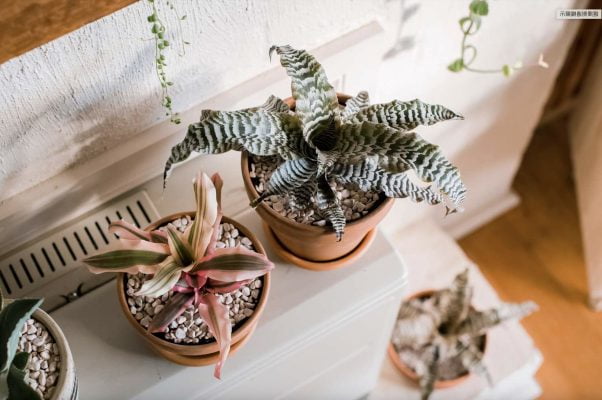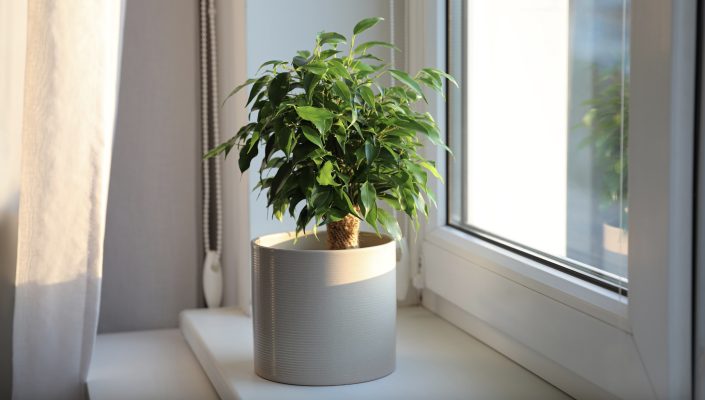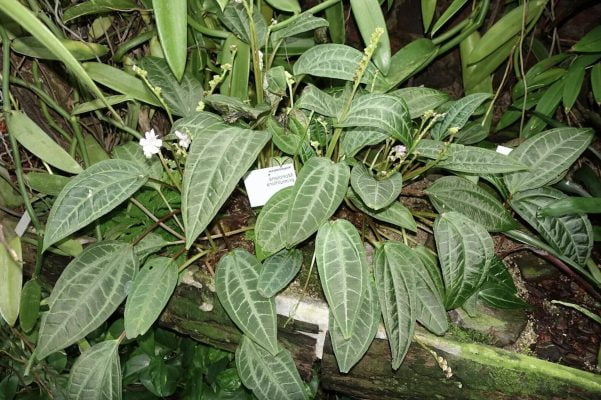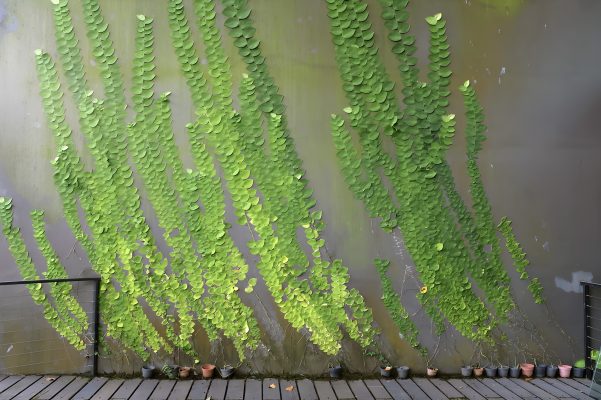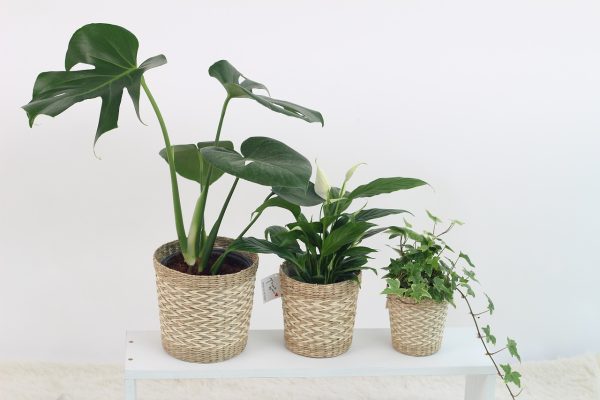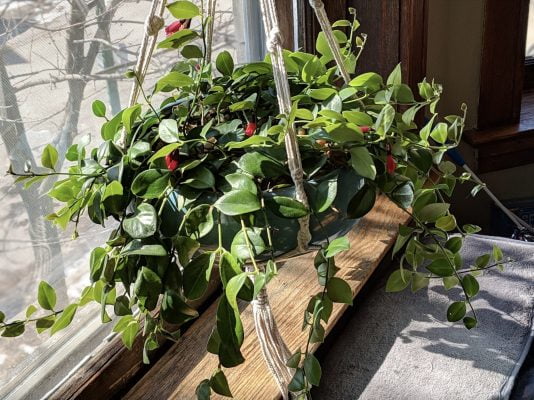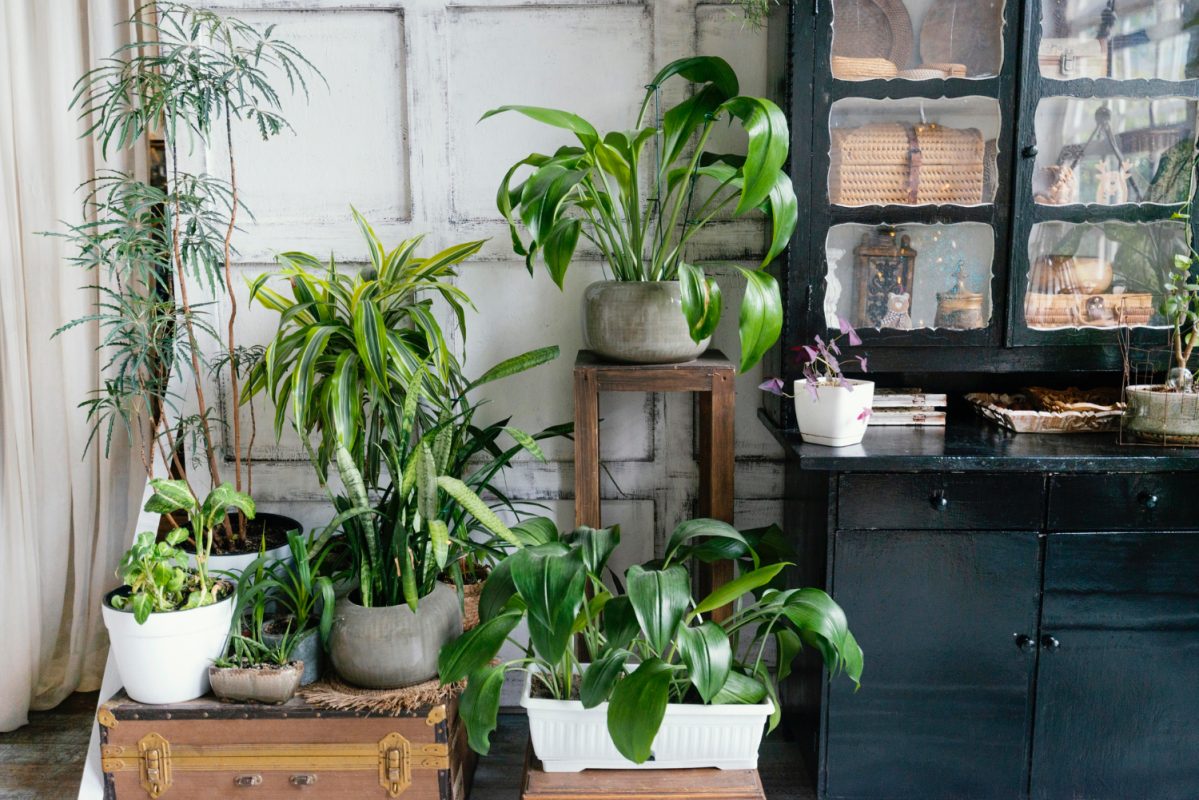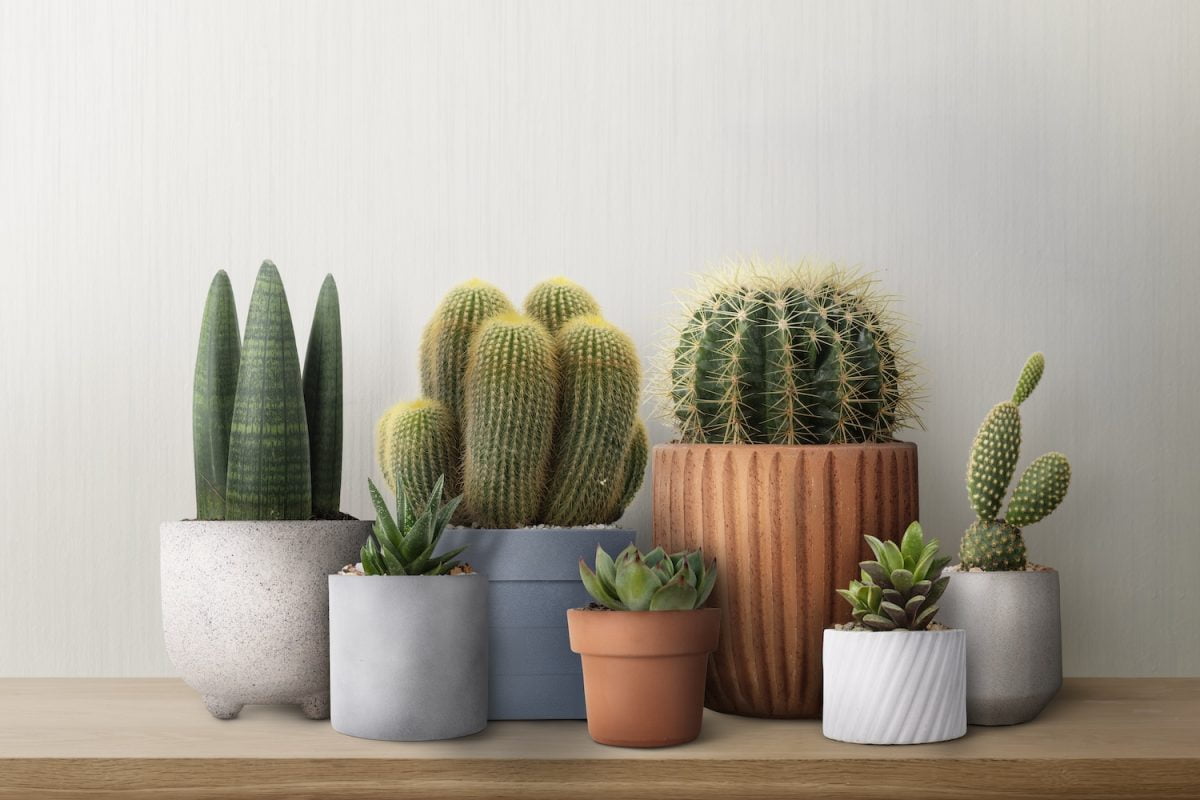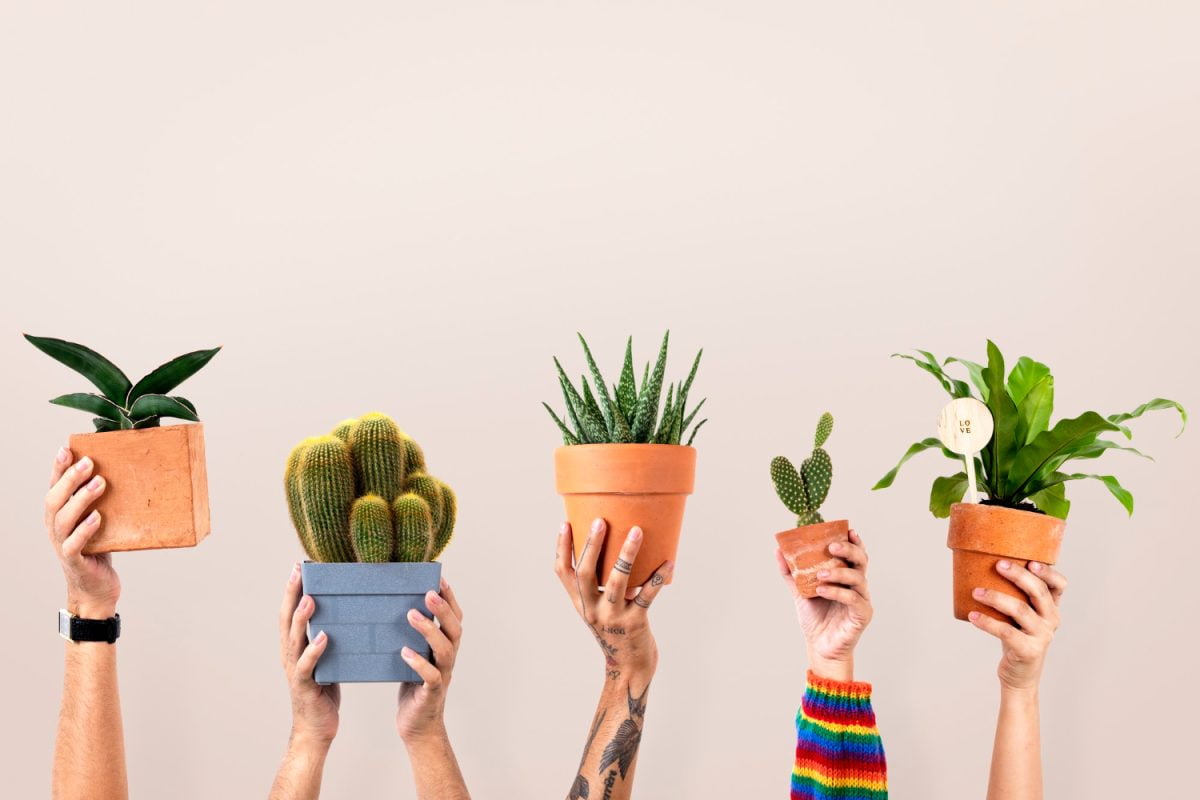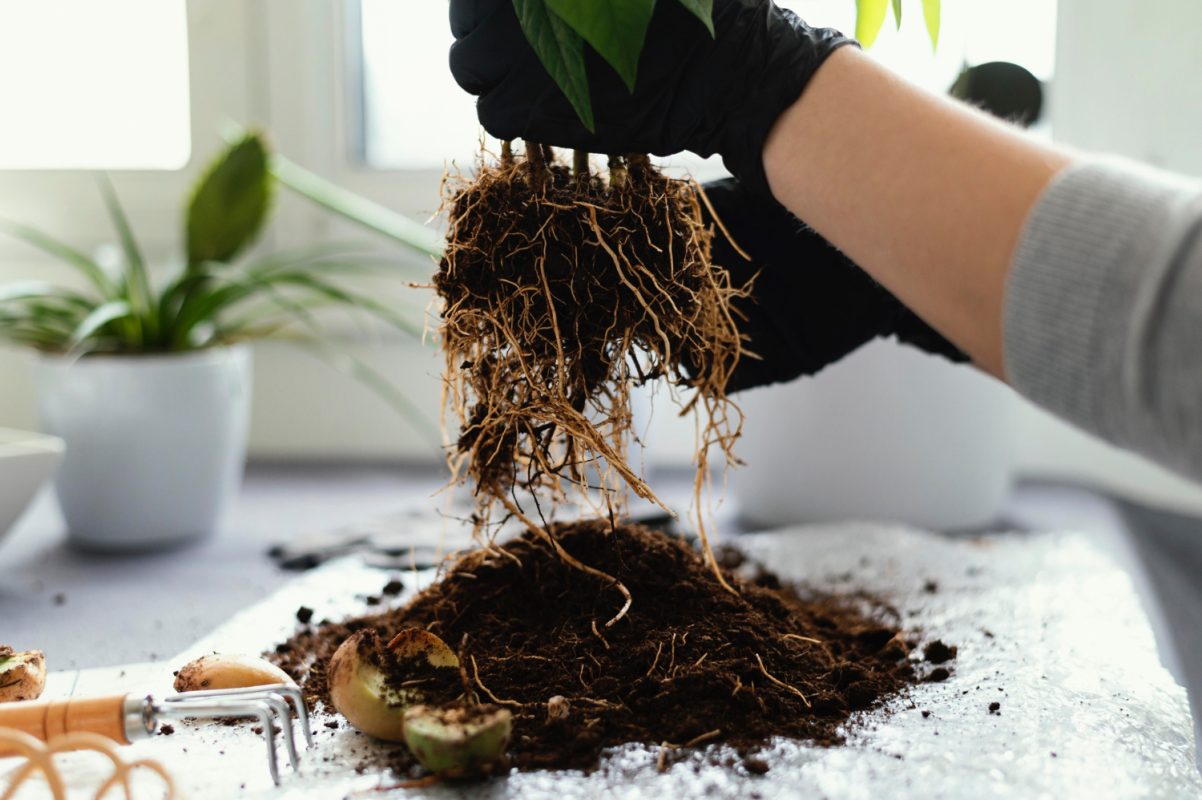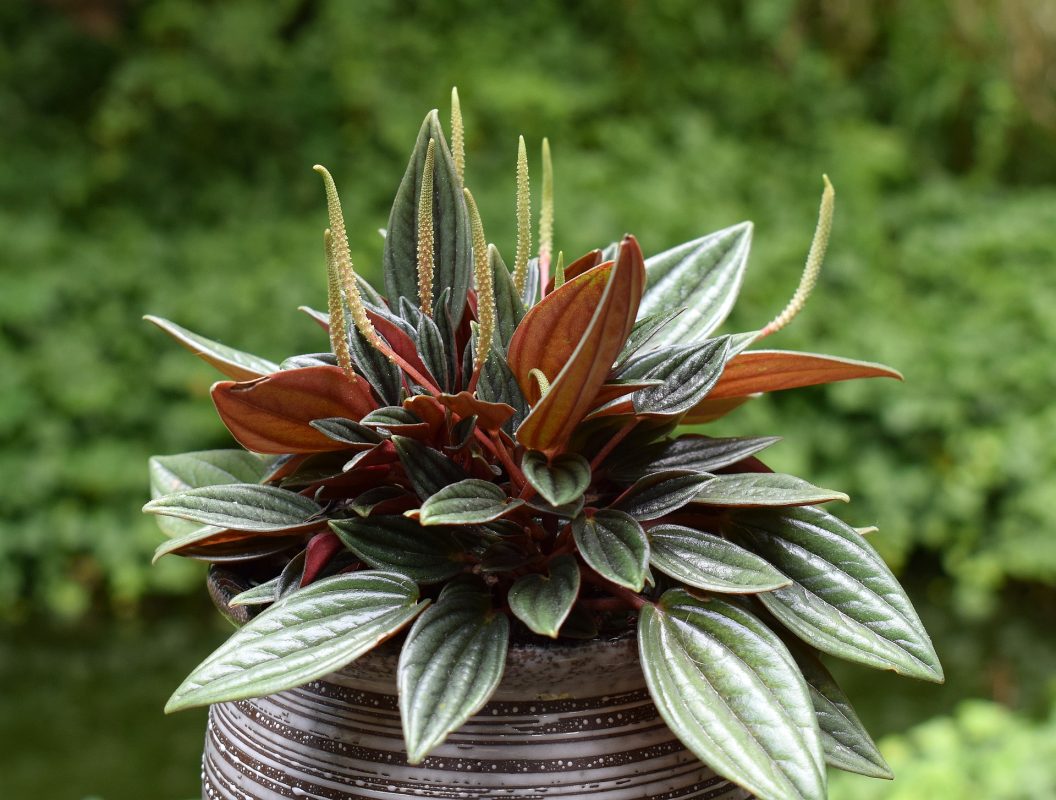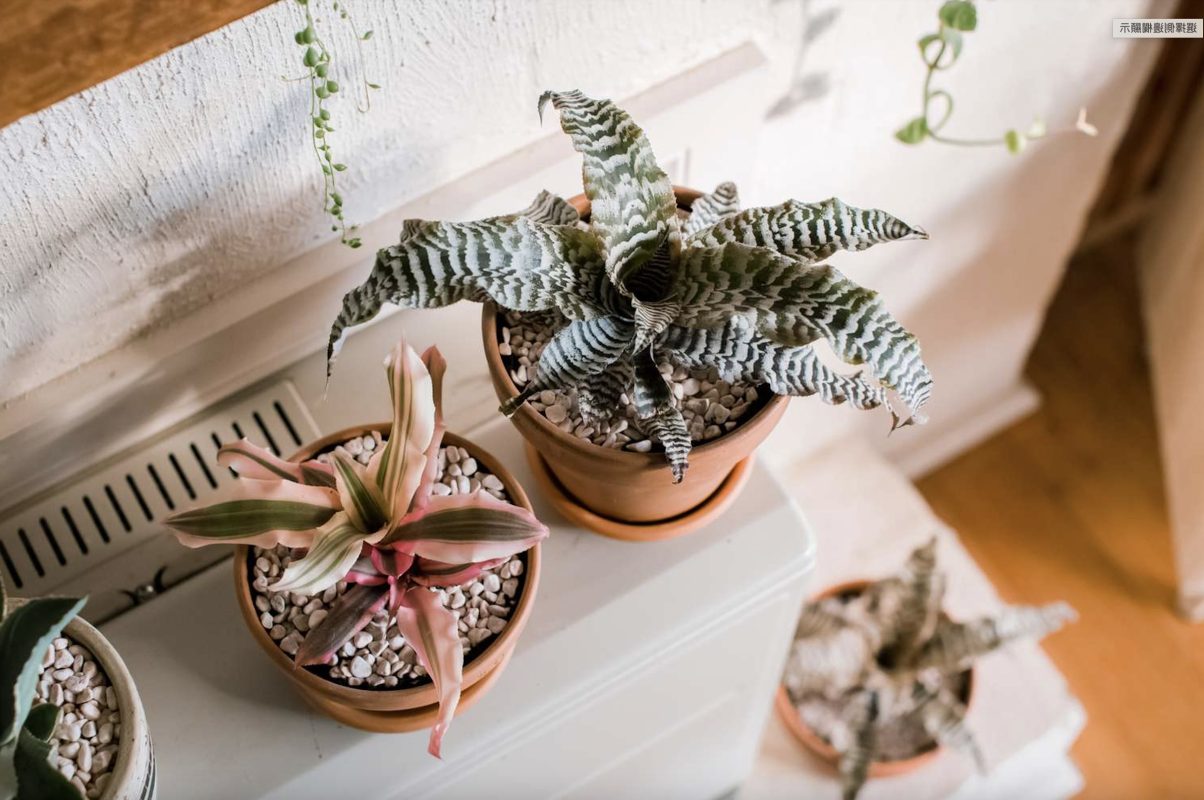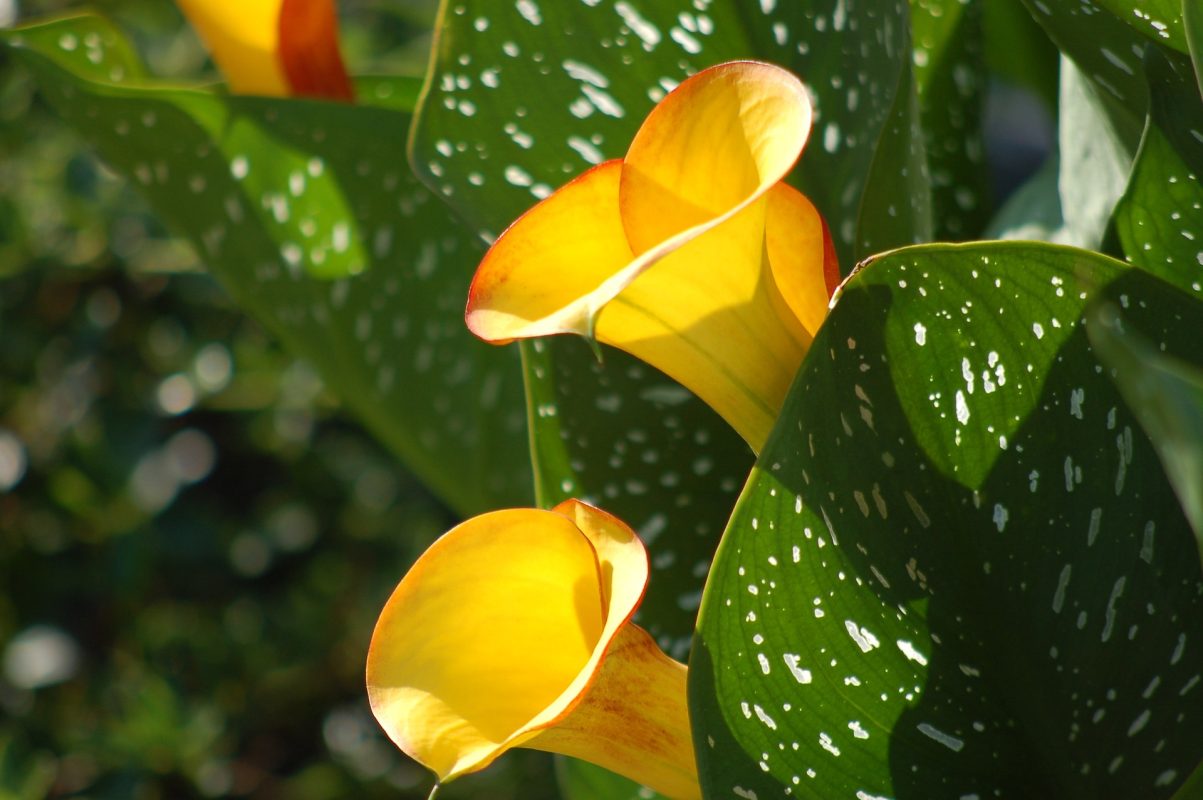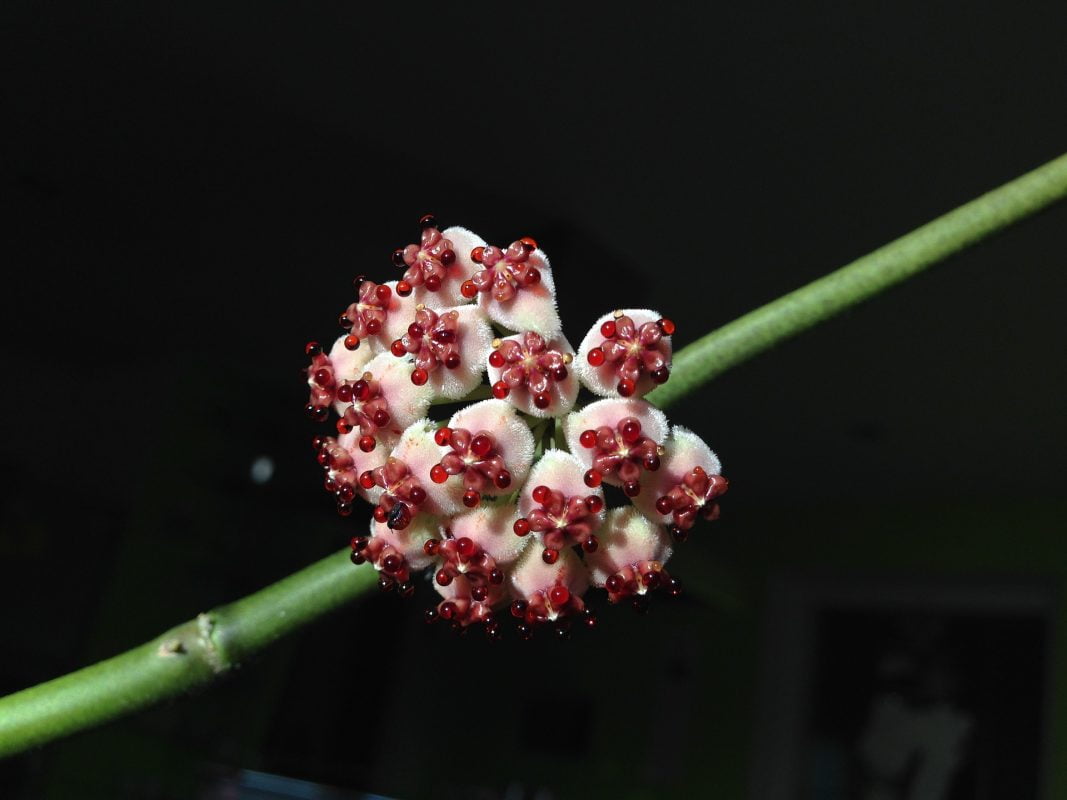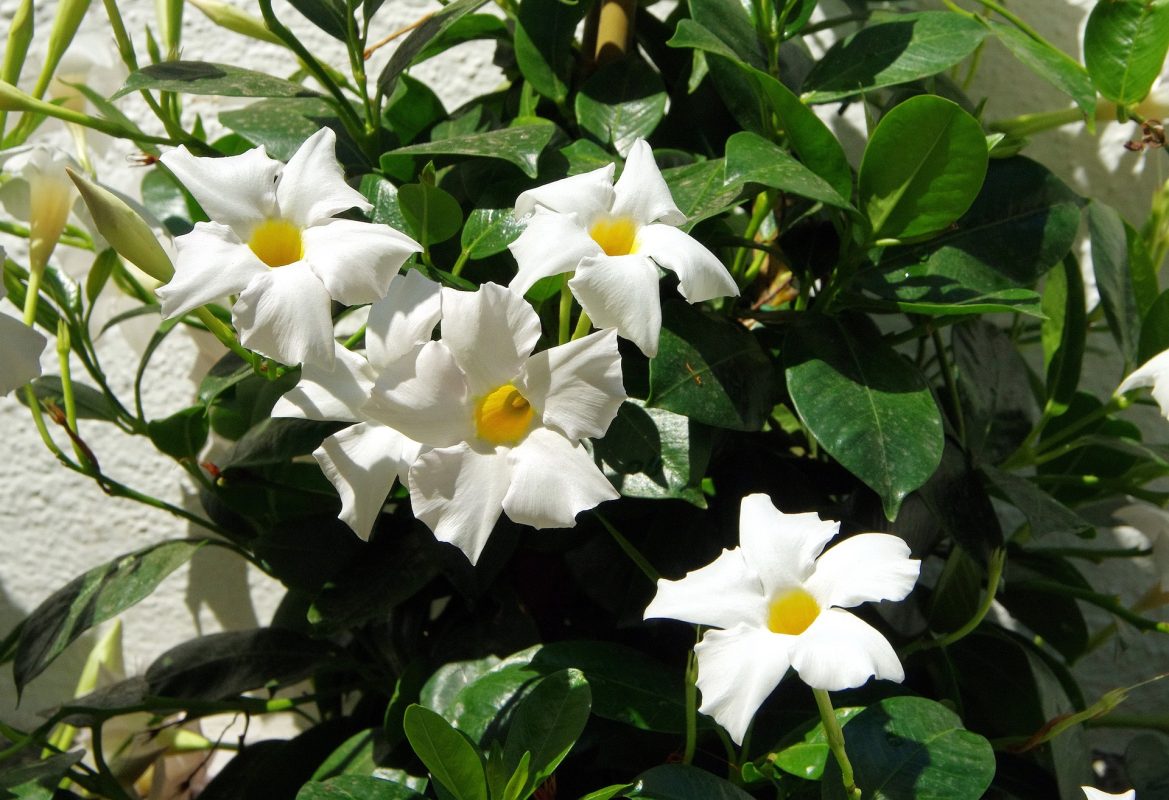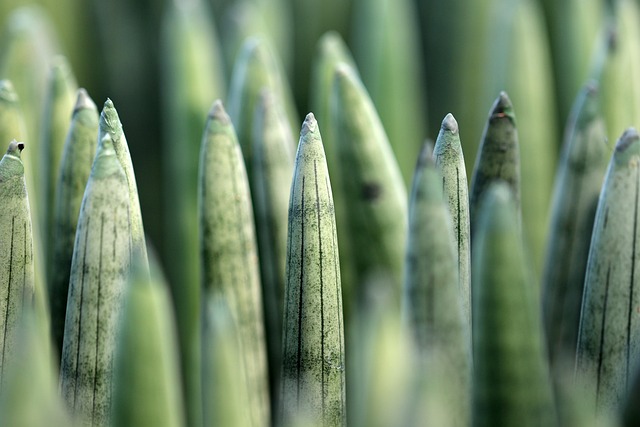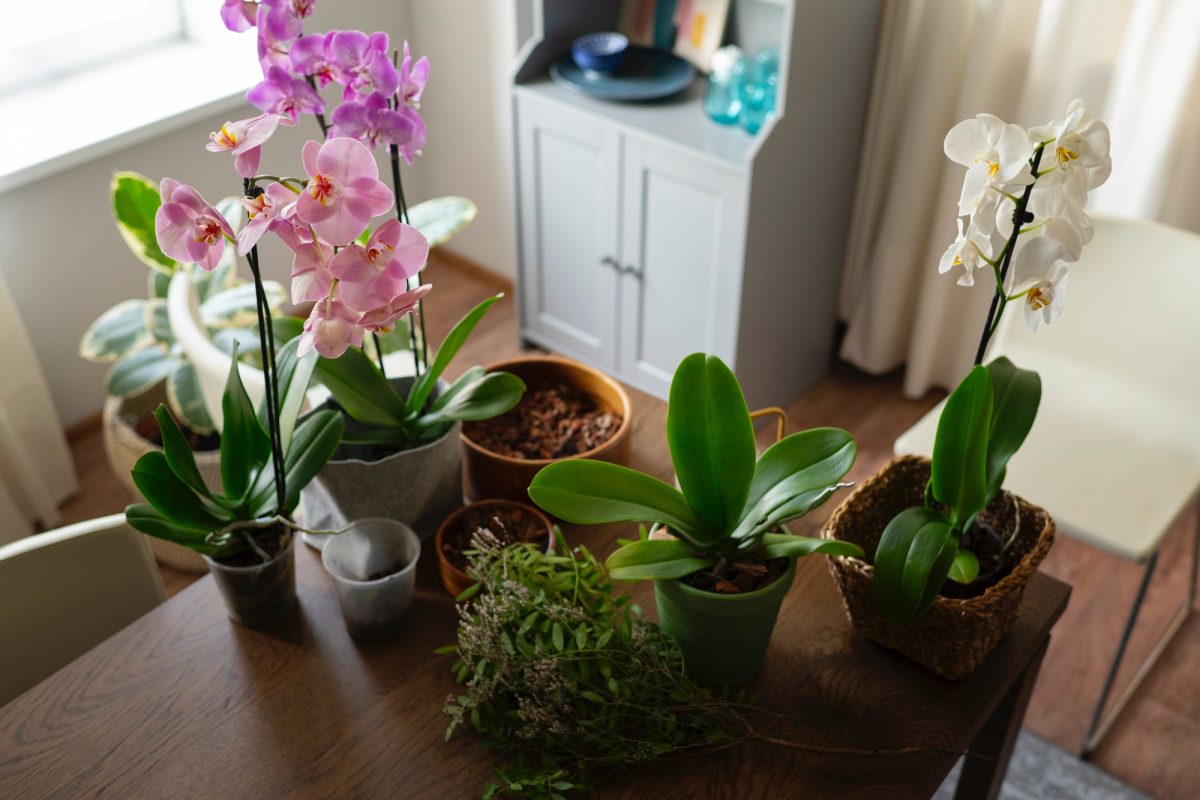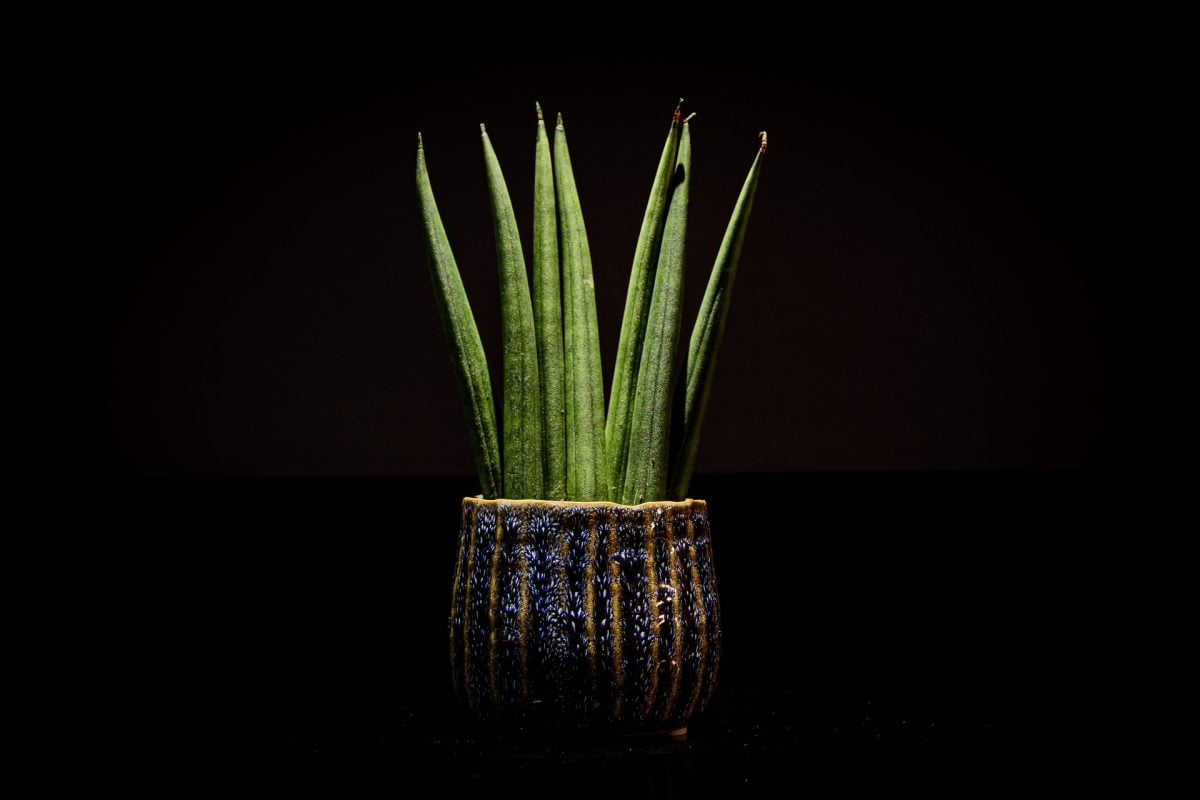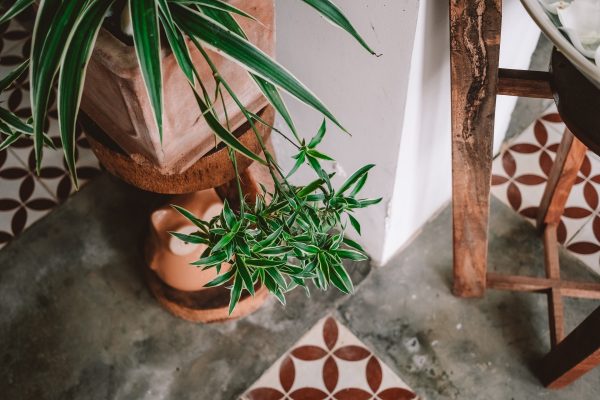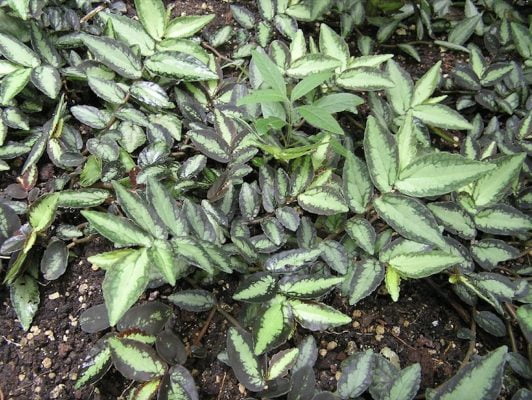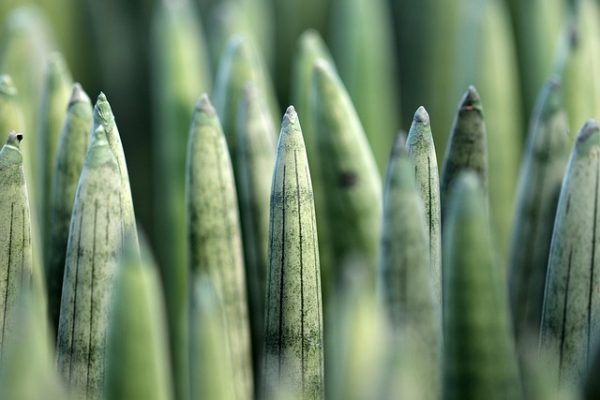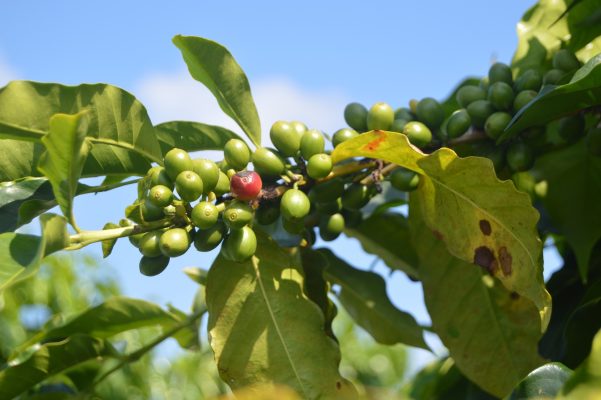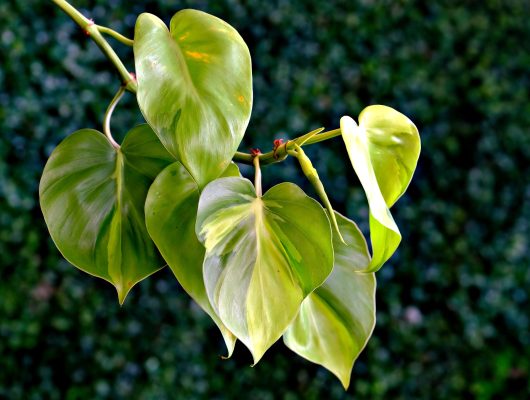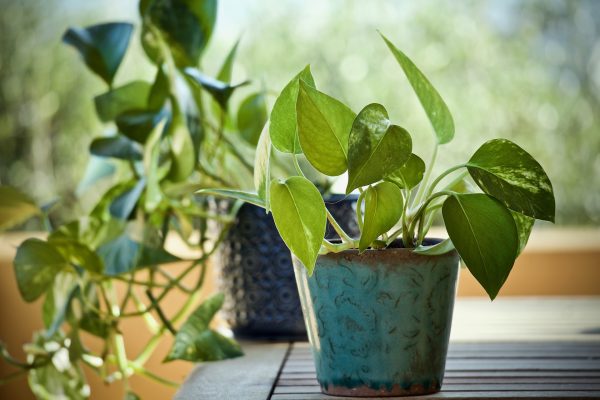Schismatoglottis, prized for its stunning foliage and exotic allure, belongs to the Araceae family. This comprehensive care guide is your passport to unveiling the beauty of Schismatoglottis, guiding you through the steps to cultivate these unique plants, encourage vibrant leaves, and bring a touch of Asian elegance into your indoor space.
I. Plant Overview:
- Scientific Name: Schismatoglottis spp.
- Common Names: Schismatoglottis, Asian Evergreens
- Origin: Native to tropical regions of Asia.
II. Light Requirements:
- Ideal Conditions: Moderate to bright, indirect light. Schismatoglottis thrives in filtered sunlight.
- Tolerance: Adaptable to lower light conditions, but growth may slow.
III. Watering:
- Frequency: Keep the soil consistently moist, but not waterlogged. Maintain even moisture.
- Water Quality: Use room-temperature water. Schismatoglottis appreciates higher humidity levels.
- Humidity: Ideal in higher humidity environments. Consider misting or using a humidity tray.
IV. Soil:
- Type: Well-draining, aerated potting mix. A mix for tropical plants or orchids is suitable.
- pH Level: Slightly acidic to neutral (pH 6.0-7.0).
V. Temperature and Humidity:
- Temperature: Maintain a warm environment between 65-80°F (18-27°C).
- Humidity: Schismatoglottis thrives in higher humidity. Maintain levels above 50% if possible.
VI. Fertilization:
- Schedule: Feed every 4-6 weeks during the growing season (spring and summer).
- Fertilizer: Use a balanced liquid fertilizer, diluted to half strength. Reduce fertilization in the dormant season.
VII. Pruning and Maintenance:
- Pruning: Trim to control size and shape. Remove any yellow or damaged leaves.
- Cleaning: Wipe leaves gently with a damp cloth to remove dust.
VIII. Repotting:
- Frequency: Repot every 1-2 years or when the Schismatoglottis outgrows its container.
- Procedure: Gently lift the plant, inspect roots, and repot in fresh soil. Choose a container with drainage holes.
IX. Common Issues and Solutions:
- Yellowing Leaves: Overwatering or underwatering. Adjust watering habits accordingly.
- Root Rot: Ensure proper drainage to prevent waterlogged conditions.
- Pests: Check for mealybugs or spider mites. Treat with insecticidal soap or neem oil.
X. Display Tips:
- Showcase Schismatoglottis in decorative pots or planters that complement its exotic foliage.
- Group Schismatoglottis with other tropical plants for a captivating display.
- Consider hanging Schismatoglottis for an elegant cascading effect.
Cultivating Schismatoglottis brings exotic elegance to your indoor oasis. This guide empowers you to care for Schismatoglottis, ensuring these unique plants thrive and grace your space with vibrant leaves. Happy gardening!
our recommendation
you may also want to know



